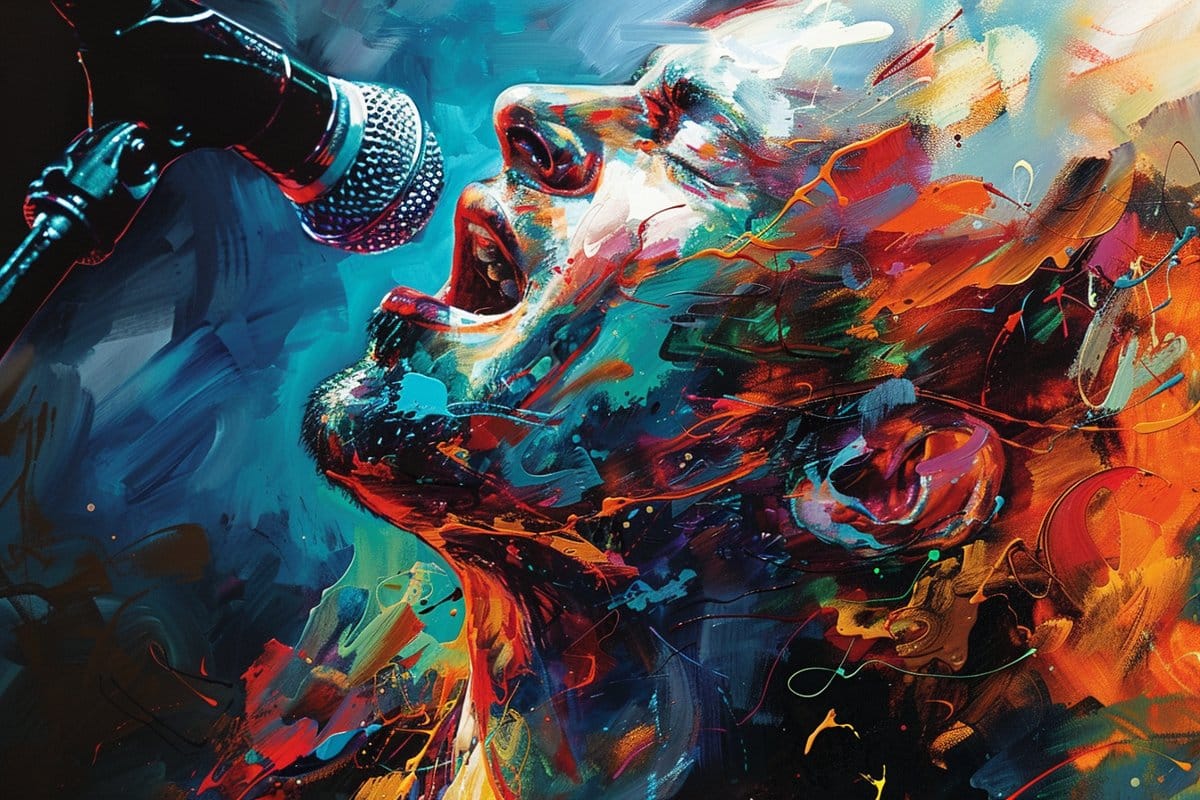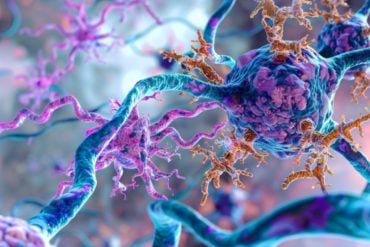Summary: Live music significantly amplifies emotional responses in the brain compared to recorded tunes. By measuring amygdala activity, researchers found that live performances evoke stronger emotional reactions, fostering a deeper cognitive and affective processing throughout the brain.
The study highlights a unique synchronization between musicians and the audience during live events, indicating a profound connection that recorded music cannot replicate. This research underscores the evolutionary importance of live music, emphasizing its unparalleled capacity to engage us emotionally and socially.
Key Facts:
- Live music elicits stronger and more consistent activity in the amygdala than recorded music, indicating heightened emotional responses.
- There is a unique synchronization between the audience’s brain activity and live music, showcasing a deeper connection not found with recorded performances.
- The study suggests that the preference for live music over recorded versions stems from our evolutionary roots, highlighting the irreplaceable social experience of live concerts.
Source: University of Zurich
Music can have a strong effect on our emotions. Studies have shown that listening to recorded music stimulates emotional and imaginative processes in our brain.
But what happens when we listen to music in a live setting, for example at a music festival, at the opera or a folk concert? Do our brains respond differently depending on whether the music we’re listening to is live or streamed?
Live music stimulates the affective brain more strongly
A team of researchers at the University of Zurich led by Sascha Frühholz, professor of cognitive and affective neuroscience, has now explored this question.
The researchers investigated the effects of live music and recorded music on emotional processes in the human brain. They conducted an elaborate experiment in which a pianist changed the live music he or she was playing to intensify the emotional reactions in the amygdala, the emotional center in the brain.
During the experiment, the researchers used magnetic resonance imaging to measure the activity in the amygdala of the 27 listeners as well as the performer in real time. Based on these measurements, the pianist then immediately adapted his performance to further intensify the audience’s emotions.
To compare reactions, the listeners were played a recording of the same music performed by the same musician, but without the neurofeedback loop.
“Our study showed that pleasant and unpleasant emotions performed as live music elicited much higher and more consistent activity in the amygdala than recorded music.
“The live performance also stimulated a more active exchange of information in the whole brain, which points to strong emotional processing in the affective and cognitive parts of the brain,” says Frühholz.
Musicians and audience in sync
The UZH researchers also analyzed how the piano music aligned with the audience’s brain activity. A strong synchronization between subjective emotional experience and the auditory brain system, which assesses the music according to its acoustic quality, was only observed when the audience was listening to the live performance.
Moreover, only live music showed a strong and positive coupling between features of the musical performance and brain activity in the listeners.
Live performances are the evolutionary root of music
People have always used tools and instruments to make live music. It wasn’t until technological advances in the early 20th century that music was able to be recorded on devices and made widely available to all people.
Even today, though, despite music streaming platforms and high-quality loudspeakers and headphones, the social experience of attending a live concert cannot be replicated.
“This can perhaps be traced back to the evolutionary roots of music,” says Frühholz. “People want the emotional experience of live music. We want musicians to take us on an emotional journey with their performances.” Or, as the famous quote from the 1942 film Casablanca goes: “Play it once, Sam. For old times’ sake.”
About this music and emotion research news
Author: Rita Ziegler
Source: University of Zurich
Contact: Rita Ziegler – University of Zurich
Image: The image is credited to Neuroscience News
Original Research: Open access.
“Live music stimulates the affective brain and emotionally entrains listeners in real time” by Sascha Frühholz et al. PNAS
Abstract
Live music stimulates the affective brain and emotionally entrains listeners in real time
Music is powerful in conveying emotions and triggering affective brain mechanisms. Affective brain responses in previous studies were however rather inconsistent, potentially because of the non-adaptive nature of recorded music used so far.
Live music instead can be dynamic and adaptive and is often modulated in response to audience feedback to maximize emotional responses in listeners.
Here, we introduce a setup for studying emotional responses to live music in a closed-loop neurofeedback setup. This setup linked live performances by musicians to neural processing in listeners, with listeners’ amygdala activity was displayed to musicians in real time.
Brain activity was measured using functional MRI, and especially amygdala activity was quantified in real time for the neurofeedback signal. Live pleasant and unpleasant piano music performed in response to amygdala neurofeedback from listeners was acoustically very different from comparable recorded music and elicited significantly higher and more consistent amygdala activity.
Higher activity was also found in a broader neural network for emotion processing during live compared to recorded music.
This finding included observations of the predominance for aversive coding in the ventral striatum while listening to unpleasant music, and involvement of the thalamic pulvinar nucleus, presumably for regulating attentional and cortical flow mechanisms. Live music also stimulated a dense functional neural network with the amygdala as a central node influencing other brain systems.
Finally, only live music showed a strong and positive coupling between features of the musical performance and brain activity in listeners pointing to real-time and dynamic entrainment processes.







